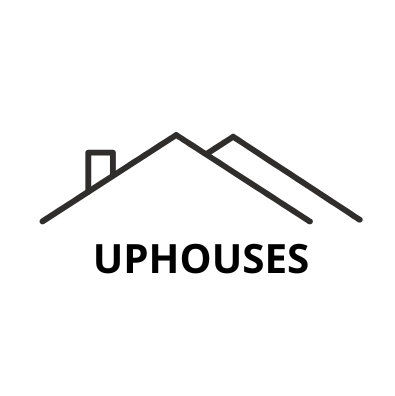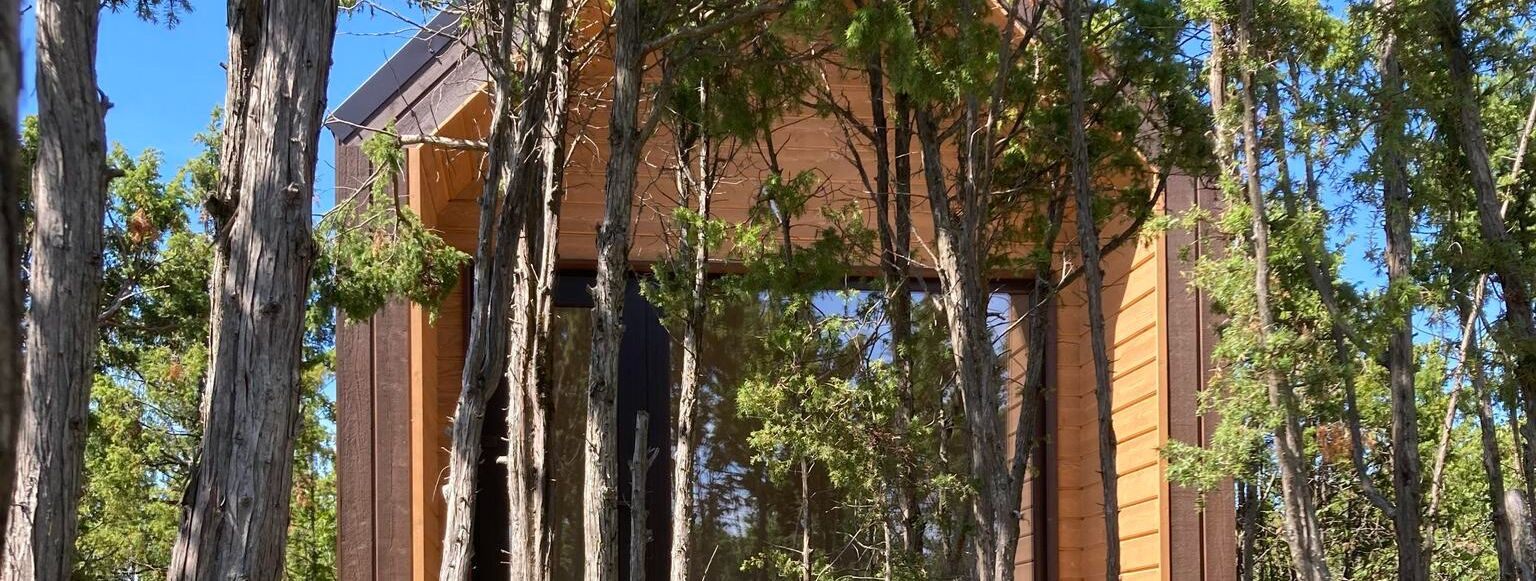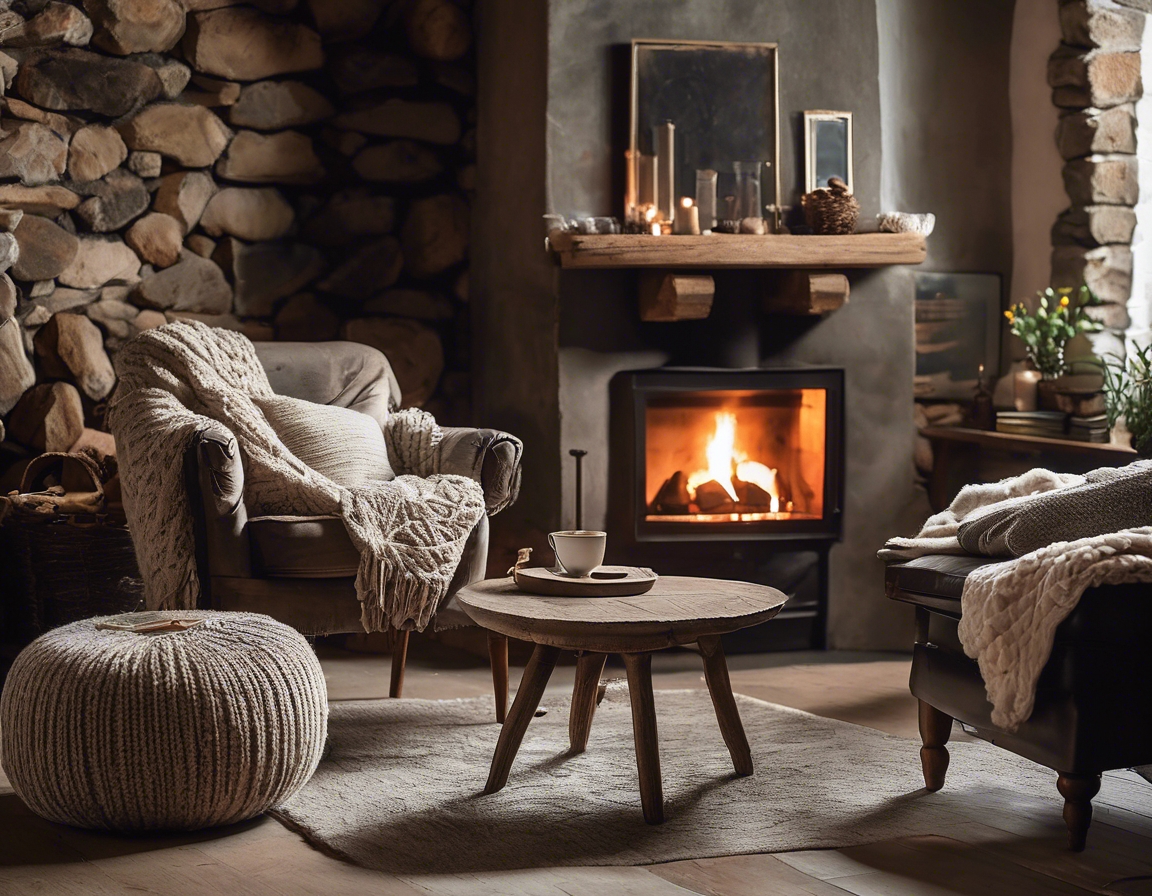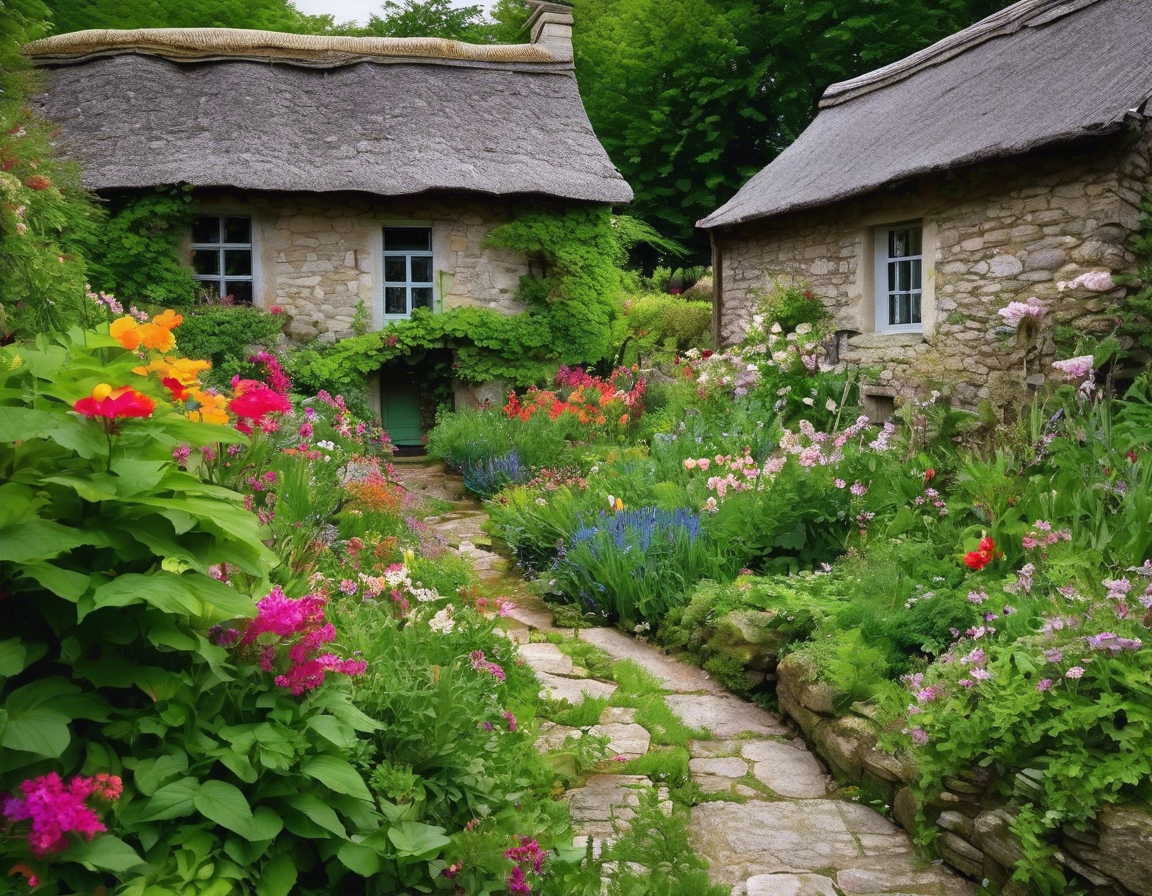The future of modular living: trends and innovations
Modular living is revolutionizing the way we think about housing. By offering a flexible, sustainable, and cost-effective alternative to traditional construction, modular homes are becoming increasingly popular among environmentally conscious individuals and families. This innovative approach to housing is not only reshaping urban and suburban landscapes but also redefining the concept of home itself.
The Rise of Modular Homes
The concept of modular homes dates back to the early 20th century, but it wasn't until recent decades that they gained significant traction. Initially seen as a temporary solution, modular homes have evolved into a viable and attractive option for permanent housing.
Today, the modular housing market is experiencing rapid growth. With increasing demand for affordable and sustainable living solutions, modular homes are becoming a preferred choice for many. This trend is driven by advancements in technology, design, and construction methods that make modular homes more appealing and accessible.
Innovations in Modular Design
One of the most significant innovations in modular living is the use of sustainable materials. From recycled steel to eco-friendly insulation, modular homes are designed with the environment in mind. These materials not only reduce the carbon footprint but also enhance the durability and energy efficiency of the homes.
Integrating smart home technology into modular designs is another trend shaping the future of modular living. Features such as automated lighting, climate control, and security systems are becoming standard, offering residents increased convenience and control over their living environments.
Modular homes offer unparalleled customization and flexibility. Homeowners can choose from a variety of layouts, finishes, and features to create a space that reflects their personal style and meets their specific needs. This level of customization is particularly appealing to those seeking a unique and personalized living experience.
Benefits of Modular Living
Modular homes are designed to minimize environmental impact. By using sustainable materials and efficient construction methods, these homes reduce waste and energy consumption, making them an eco-friendly choice for modern living.
One of the most attractive aspects of modular living is its cost efficiency. Modular homes are typically more affordable than traditional homes, thanks to streamlined construction processes and reduced labor costs. This affordability makes them an ideal option for individuals and families seeking quality housing without breaking the bank.
Modular homes can be constructed in a fraction of the time it takes to build a traditional home. This speed of construction is particularly beneficial for those looking to move into their new homes quickly, without sacrificing quality or design.
Modular Living for Urban and Suburban Areas
In urban and suburban areas where space is at a premium, modular homes offer an efficient solution. These homes are designed to maximize space, providing comfortable living environments even in compact settings.
Modern modular homes are not only functional but also aesthetically pleasing. With sleek designs and high-quality finishes, these homes offer a stylish and contemporary living experience that appeals to a wide range of tastes.
The Future of Modular Living
The future of modular living is bright, with several emerging trends set to shape the industry. From increased integration of renewable energy sources to the development of modular communities, the possibilities are endless.
Despite its many advantages, modular living faces challenges such as regulatory hurdles and public perception. However, as awareness and acceptance grow, these challenges are likely to diminish, paving the way for a modular revolution in housing.






Comments (0)